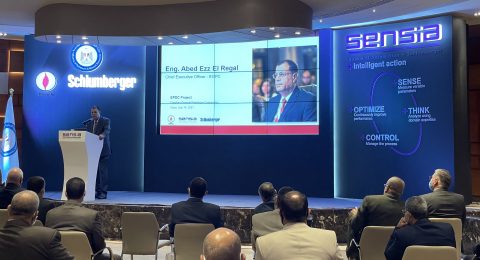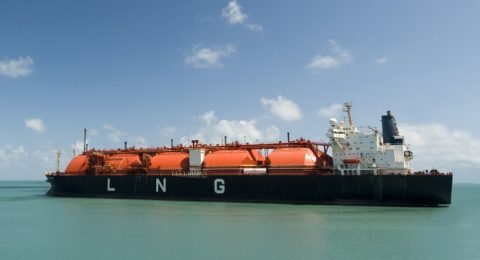Kenya plans to float a tender by early next year to build a liquefied natural gas terminal at its Mombasa port city as it pushes to diversify its sources of electricity to meet rising demand, a senior energy official said. Chronic power blackouts and higher electricity bills in Kenya are fuelling discontent as they push up living costs and cast doubts on the government’s ability to fully implement its long-term economic vision.
‘We have decided to diversify our primary sources of power generation through construction of a liquefied natural gas import handling, storage and regasification facility at Dongo Kundu, Mombasa,’ the energy ministry’s permanent secretary, Patrick Nyoike, told a national energy conference. ‘The tender is expected to be floated by February 2012.’
The government says the country has installed power supply capacity of 1,460 MW, against a consumption of about 1,300 MW, leading to shortfalls when factors such as reserve margins are included. It aims to raise this to over 21,000 MW by 2030 by developing a mix of plants powered by hydro, wind, geothermal, coal and nuclear.
Regional trade bloc, East African Community, is pushing its five member states to link up energy resources in an effort to boost the region’s energy security. Thanks to major gas discoveries in Tanzania’s deep-water offshore region, Kenya’s southern neighbour has managed to raise its natural gas reserves to more than 10 trillion cubic feet (tcf) from a previous estimate of 7.5 tcf.
A recent EAC study shows that a pipeline to move natural gas from Dar es Salaam to the Kenyan port city of Mombasa would cost up to $630 million. Despite the Kenyan government’s big ambitions, market observers complained the sector wasn’t keeping up with economic growth in east Africa’s largest economy.
‘The energy sector, with all its plans, which we appreciate, is really struggling to keep pace with economic growth,’ Betty Maina, CEO of umbrella group Kenya Association of Manufacturers, told the conference. ‘The current prices we are facing and what we have seen prevailing for the last five years isn’t conducive to new investors.’
Source: energy-pedia & Reuters











